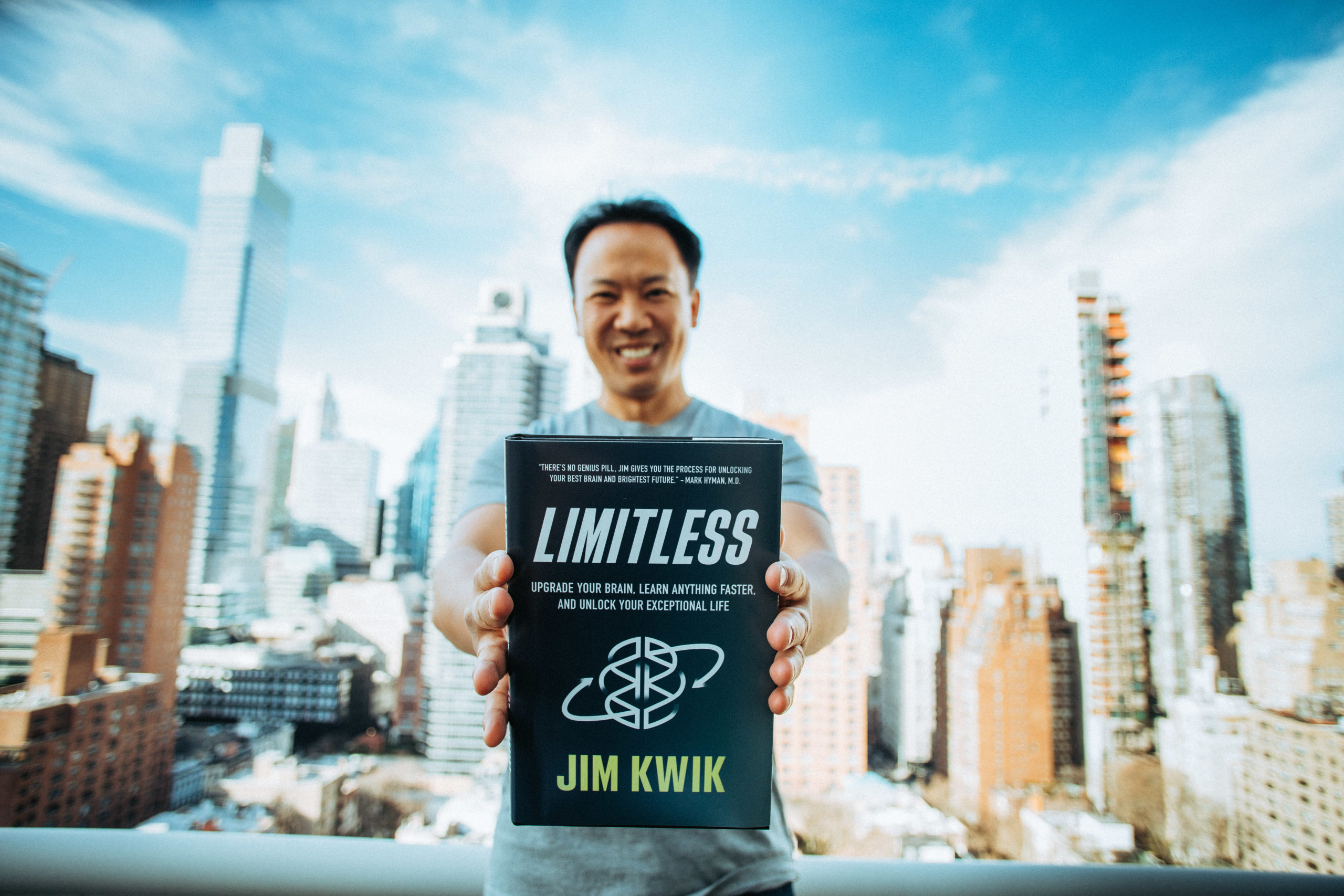
The VAK System
A widely accepted approach to looking at learning styles is the VAK system that bases one’s learning preferences on the three main sensory receivers. In the VAK system, learning styles include:
- Visual – Visual learners prefer to see or observe things, such as pictures, photographs, diagrams, demonstrations, displays, handouts, films, flip-chart, etc.
- Auditory – Auditory learners prefer to learn by listening – to the spoken word (either themselves or from others) or from sounds and noises.
- Kinesthetic (movement) – Kinesthetic learners prefer physical experience – touching, feeling, holding, doing, and practical hands-on experiences.

To get an idea of the learning styles makeup in your organization, consider having each of your team members take this quick learning style assessment.
- When you don’t quite understand or remember something:
- It doesn’t ring a bell or resonate
- It seems hazy or unclear
- You can’t get a handle on it or feel it
- You are about to give a friend directions to your home. Would you:
- Draw a map on paper?
- Tell her the directions?
- Pick her up in your car?
- You are staying in a hotel and have a rental car. You would like to visit a friend whose address you do not know. Would you like them to:
- Draw you a map?
- Tell you directions?
- Pick you up in their car?
- Learning technical material is easiest for you when:
- Someone explains the ideas to you
- You visualize the concepts and see the whole picture
- You can learn by doing or get a feel for the ideas
- You are going to cook a dessert as a special treat for your family. Do you:
- Cook something familiar?
- Look through a cookbook for ideas?
- Ask for the advice of others?
- You are about to purchase a new sound system. Other than the price, what would most influence your decision?
- A friend speaking about it
- How it makes you feel
- Its distinctive look or appearance
- Recall a time in your life when you learned how to do something like playing a new board game. Try to avoid choosing a very physical skill like riding a bike. How did you learn best? By:
- Looking at the directions, pictures, diagrams, or charts
- Listening to somebody explain it
- Doing it
- Which of these games to you prefer?
- Pictionary
- 20 Questions
- Charades
- You are about to learn how to use a new program on a computer. Would you:
-
- Read the instructions?
- Call a friend and ask questions about it?
- Turn it on and learn by experimentation?
- You most easily are aware of and notice:
- The quality of music from a sound system
- If colors, shapes, or patterns clash
- If clothes feel uncomfortable
- You are not sure whether a word should be spelled “separate” or “seperate.” Do you:
- See the word in your mind and choose the best way it looks?
- Sound it out?
- Write down both versions?
- A new movie has arrived in town. What would most influence your decision to go or not go?
- Friends/family talking about it
- You have an intuition or sense about it
- You saw a preview of it
- You most easily remember directions when you:
- Repeat them to yourself as you hear them
- Visualize them
- Intuitively sense how to get there
- Do you prefer a teacher or trainer who likes to use:
- Handouts, flow diagrams, charts, and visuals?
- Field trips, experiments, and applications?
- Discussions, guest speakers, and conversations?
- Once you completely understand a new idea:
- It is now concrete, or you have a feel for it
- You have it loud and clear
- You can envision it
- You make decisions best when you rely on:
- Your gut instinct
- What looks clearest to you
- What sounds best to you
- At a party, you are most interested in people who
- Are interesting and articulate speakers
- Convey a warm and relaxing feeling
- Radiate a visual beauty
Once you’ve written down your answers, use this insight to see which type of learning comes most naturally to you.
1: a (A) b (V) c (K),
2: a (V) b (A) c (K),
3: a (V) b (A) c (K),
4: a (A) b (V) c (K),
5: a (K) b (V) c (A),
6: a (A) b (K) c (V),
7: a (V) b (A) c (K),
8: a (V) b (A) c (K),
9: a (V) b (A) c (K),
10: a (A) b (V) c (K),
11: a (V) b (A) c (K),
12: a (A) b (K) c (V),
13: a (A) b (V) c (K),
14: a (V) b (K) c (A),
15: a (K) b (A) c (V),
16: a (K) b (V) c (A),
17: a (A) b (K) c (V)
“Your answers will give you a good sense of the kind of learner you are. In all likelihood, you’ll be some mix of audio (A), visual (V), and kinesthetic (K). But you might see a real dominance in one of these, and that can prove to be extremely useful as you embark on unlimiting your thinking, as you can make a conscious effort to bring others into the mix.” – Jim Kwik

